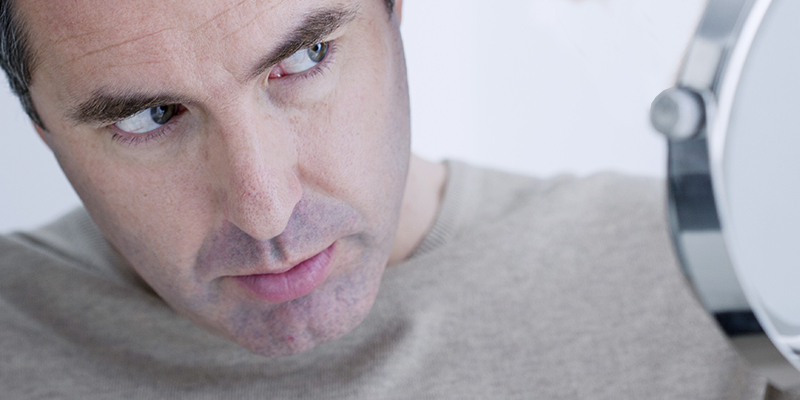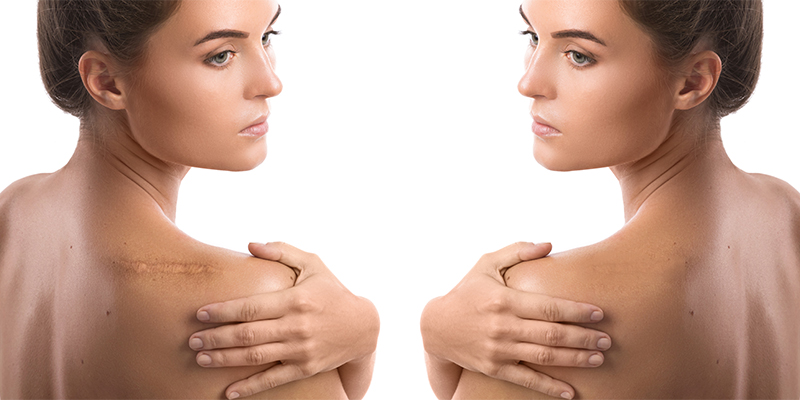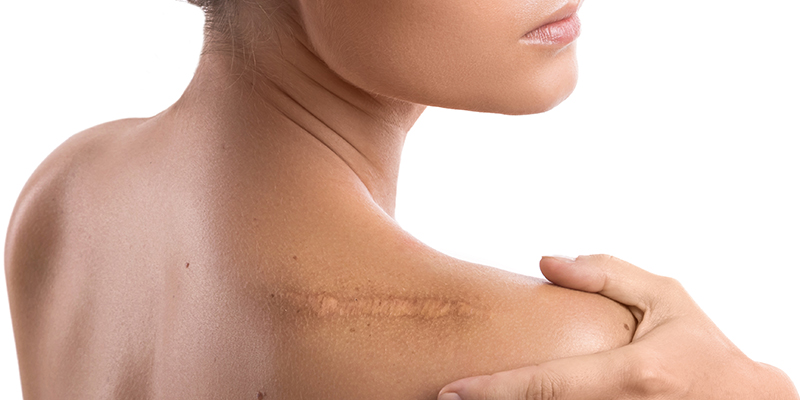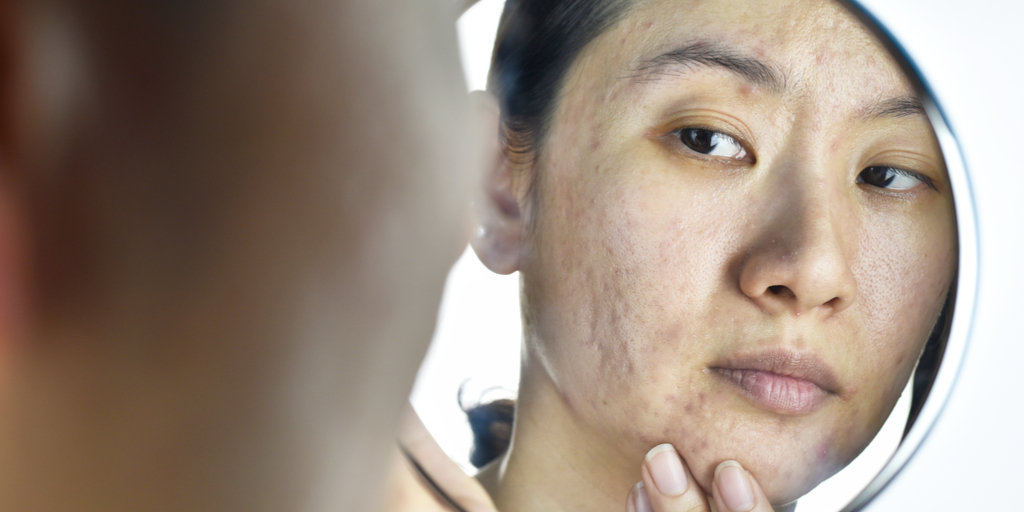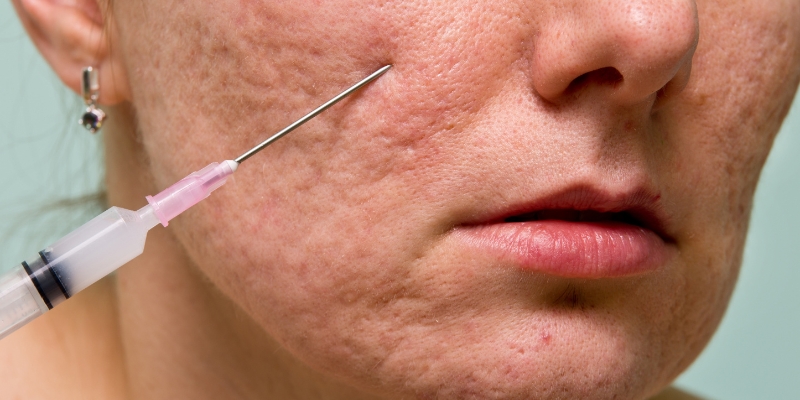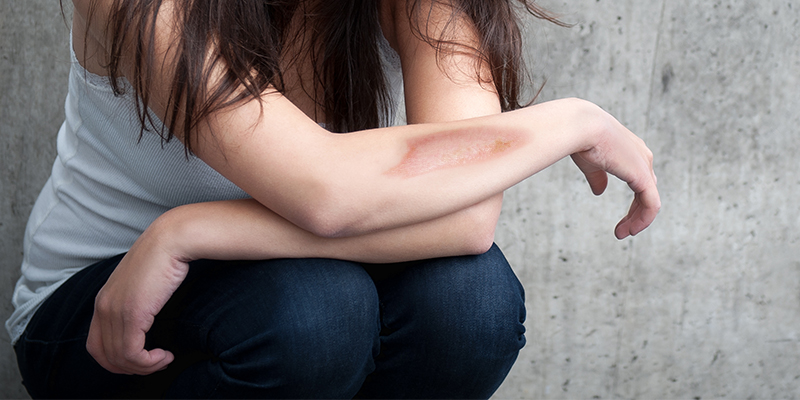How To Treat C-Section Scars Effectively?
The joy of motherhood is unparalleled and with great pain comes big scars too! C-section deliveries have become very popular in recent times but the scars it leaves behind can be bothersome for many. C-section scars can ruin your overall look, however, there are plenty of options available to help you overcome this travesty.
What Does A C-Section Scar Look Like?
C-section scars are from an incision made either below or near the belly button to help remove the fetus (baby) with ease. There are two types of C-section scars: Horizontal and Vertical incision. Horizontal incisions also called transverse incision are made above the pubic hairline, near the bladder. They’re usually very small, between 4-6 inches long and can hardly be noticed. The second type of incision called the vertical incision is made in very rare cases and the scar is far more noticeable. The vertical incision runs in the middle of the abdomen (from the belly button to the pubic bone) and can vary between 4-6 inches. Also, the scar will be red in colour, but this will diminish with time.
Must Read: Can Acne Scars Be Removed?
What Are The Different Types Of C Section Scars?
Most often, C-section scars heal without leaving a noticeable scar. But if the body goes into overdrive, then there can be a problem with scarring. This occurs mostly on women below 30 and on those who have darker skin. Generally, there are 2 types of c section scars –
-
- Keloid Scars – A raised, bumpy scar that extends beyond the area of the original incision or wound. There are lumps of scar tissues around the incision.
- Hypertrophic Scars – Again, hypertrophic scars are raised but they are thicker and firmer – like a keloid scar. But, a hypertrophic scar will remain within the boundary of the original incision line and do not extend outside it.
Must Watch: Keloid Vs Hypertrophic Scar
C-Section Incision Types
There are three ways in which a doctor will close a C-section incision. All the methods use dissolve stitches –
- Staples – A unique stapler with metal staples are used to stitch the incision. It is very popular and quick to perform. There are many who experience wound complication with this method.
- Stitches – A rational method, the doctor will sew the incision together with a needle and thread, this is time-consuming and but there are few to none complications post-surgery.
- Glue – Not considered the safest option, but surgical glue has become the favourite in recent times. The glue is transparent and leaves less visible scars. Glue is used depending on few important things such as what type of incision was made, the thickness and consistency of abdominal fat and how well the C-section surgery was performed.
Must Read: How Do You Get Rid Of Burn Marks?
C-Section Scar Basics
- How Big Is A C-Section Scar?
Surprisingly, the c section incision is quite small. The baby’s head is capable of fitting through a 4-6 inch incision. The abdominal muscles are moved for the incision to be made without injuring any internal organs. - Why Does My C Section Scar Still Hurt After Years?
Unfortunately, C-section scars can still pain and cause discomfort even after several years. If your scar continues to hurt, there might be nerve damage. Massage the scar regularly for 5-10 minutes as that can help with nerve damage and increase the healing process. - Is It Normal For My C-section Scar To Itch?
It is perfectly normal for a C-section scar to itch as it is part of the healing process. However, please do not scratch it as it can cause an infection. If the desire to itch is strong, then try holding something tightly against the scar as that can help reduce the itchy feeling. Sometimes the itching can also be caused by the pubic hair growing prior to the C-section surgery. If the itchiness continues even after your pubic hair grows back, then it may simply be from healing. - Why Does My C-Section Scar Feel Numb?
Most women experience numbness after C-section. This “numb” sensation will continue for a year or two until the quality of healing improves. Massages are helpful and can remove any discomfort or pain and help settle the misplaced tissues back.
Do C-Section Scars Go Away?
Despite popular claims, C-section scars do not fully heal or fade away. The best result will leave your scar flat with a faint silver/white line, hardly noticeable at first glance. Visit a dermatologist and see what options are available for you personally – of course without disturbing the wound. Do not attempt anything that may cause internal pain or affect the symptoms of scars.
C-Section Scar Treatment
- Laser Resurfacing – The skin resurfacing laser therapy delivers a specific wavelength of light into the skin where the laser splits into several beams creating a grid of micro-injuries. The pattern leaves columns of healthy skin, and the treatment prompts the body to heal the area also repairing the damaged tissue with low downtime (over 3-7 days).
- Fractional Radio Frequency MicroNeedling – One of the latest treatment for c section scars, where non-ablative and safe radiofrequency is used to stimulate collagen and lymphatic flow under the skin. It works by tissue retraction that heats the dermal collagen and makes way for new collagen cells. This helps the c section scar removal in bringing new skin from beneath.
- Steroid Injection – Mainly used on aggressive scars (large keloid scars) Steroids helps to reduce the inflammation, size, and color of the scar. It can be used even during the incision time to reduce post-scarring. You can also ask for the injection immediately post C-section surgery.
- Scar Revision – The doctor will simply remove the scar tissues and the skin around the scar with precision and then suture the new wound, leaving a less visible scar. This type of treatment is performed 6 months after C-section surgery. It works very well on keloid and hypertrophic scars.
- Tummy Tuck – Now if you have loose skin on your abdomen region along with a C-section scar, then tummy tuck will be worth considering. The surgeon will cut the extra fat and skin which will also include the scar and carefully stitch the incision. Not the best option for those who have a small C-section scar as the tummy tuck scar will be longer.
Must Read: How Much Does It Cost For Scar Removal Surgery?
Cost Of C-Section Scar Revision
The cost of treatment for removing C-section scars varies based on the removal procedure:
-
-
-
- Laser Therapy – Costs between Rs 7,000 and Rs 20,000 per session.
- Radiofrequency Treatment – Price ranges between Rs 10,000 and Rs 25,000 per session.
-
-
Your dermatologist may recommend one or more of the scar revision techniques. The cost of treatment may vary for one person to another depending on the type, size, and depth of the scar, the modality used and the number of sessions needed. The price of treatment is indicative and varies from clinic to clinic based on the quality of equipment used, the experience of the dermatologist, its location and reputation. It is advisable to visit a skin clinic to know the exact cost of treatment for the removal of C-section scars.
What Is The Average Healing Time Of C-Section Scars?
The average time it takes for the C-section incision to heal is 2 weeks. But the scar and the complete healing process can take anywhere from 6 weeks to 3 months.
How To Prevent Keloid Scar After C-Section?
There are however few tips and tricks you can try to quicken the healing process and ensure the scarring is minimal:
-
-
-
- Silicone Products – Research shows that silicone sheets, creams, and gels can soften the scar tissue and flatten the raised appearance. Ask your dermatologist for such products especially if you are prone to hypertrophic and keloid scars.
- Avoid Sun Exposure – Exposing the scar to sunlight will increase melanin production and thereby give your scar darker and more prominent look. Stay away from direct sunlight for at least a year post-surgery and apply liberal amounts of sunscreen if you plan on exposing that area of your body.
-
-
Don’t let your C-section scars ruin your looks. There are plenty of options available for treating the scars caused by C-section surgery. Enjoy your new phase of life without worrying about the unsightly scars!







